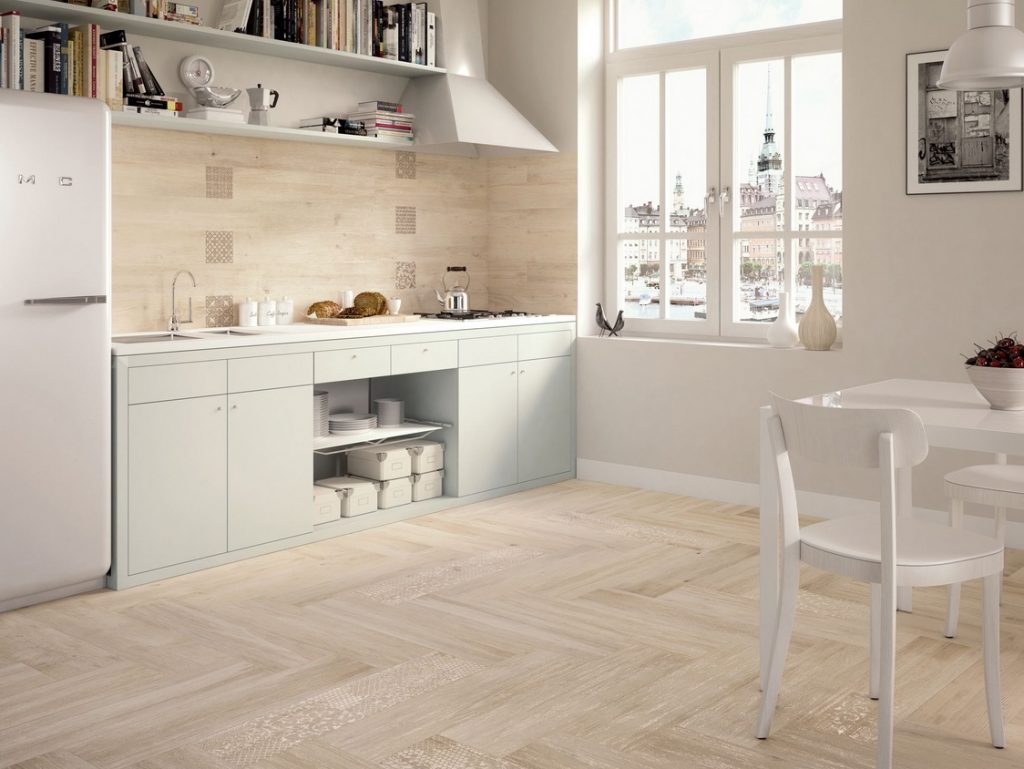If you are a homeowner, you already know that keeping your home structurally and aesthetically sound can rack up the dollars.
The good news is, there are numerous tips and tricks you can use to ensure your house remains in great shape and to minimize repair and maintenance costs over time.
Here are some suggestions.

1. Handle Small Problems
Small issues that compromise the look or structure of your house can quickly snowball into more significant issues. These are, of course, more expensive to fix.
The first rule to home maintenance is being on the lookout for these and taking care of them on the spot.
One thing homeowners are advised to do is to survey their property every so often in a bid to identify any issues.
Once in a while, it’s also a good idea to get a home inspector to comb through your home and point out some of the problems that might need your attention immediately or over time.
2. Paint Regularly
Painting your home is not only for aesthetics but for functionality too.
A fresh coat of paint protects your siding, in turn, protecting the structure from water and harsh weather.
A Rotten siding can take thousands to fix, while a painting project will only cost you several hundred dollars.
3. Check Your Roofing
Your roof must be in good shape to protect your family as well as the inside of your home.
Leaks, for example, will allow water into the interior of your home, causing even more damage to your furniture, flooring, appliances, and other items.
To prevent this, assess your roof more so after severe weather changes. Look out for:
- Curling shingle edges
- Brittle or cracked shingles
- Missing shingles
- visible loss of roofing shingles
Similarly, track your roof’s lifespan to know when to replace rather than repair the roof. If a roof is past its lifespan, repair costs become costlier than replacing it.
4. Go the DIY Way
DIY saves you the labor costs associated with getting professionals to handle a job in your home. However, only attempt to fix things you are sure to be well-equipped to handle.
Ignoring this can cause more damage to your home, and subsequently cost more for professionals to come in and fix.
5. Prevent Water Damage
As far as home repairs go, repairing water damage is among the most expensive and time-consuming projects you can have.
Aside from the costs and time resources, you can have some expensive and sentimental, irreparable items damaged beyond repair.
Some of the things to keep your eye on include:
Sump pump: ensure its functioning correctly and have a battery backup that kicks in during power outages. This is good insurance and is cheaper to have than a flooded basement.
Gutters: check your gutters, drains, and downspouts to ensure they have no blockages and are clean and functional.
Bathtubs, Toilets, and Showers: Assess all your water outlets such as bathtub drains, toilets, showers, and sinks to ensure all seals are in good working order. Similarly, if you find a leak, identify its source and repair it immediately.
Because your home is something you will have for a lifetime, it’s worth considering taking a plumbing course to learn the ins and outs of fixing common plumbing problems. With this certification, you can also help other homeowners with their plumbing issues for a fee.
There You Have It
The trick to keeping your home in great shape is having a consistent care regimen, handling smaller repairs before they grow into bigger problems, and equipping yourself with the knowledge to help you handle some DIY tasks.